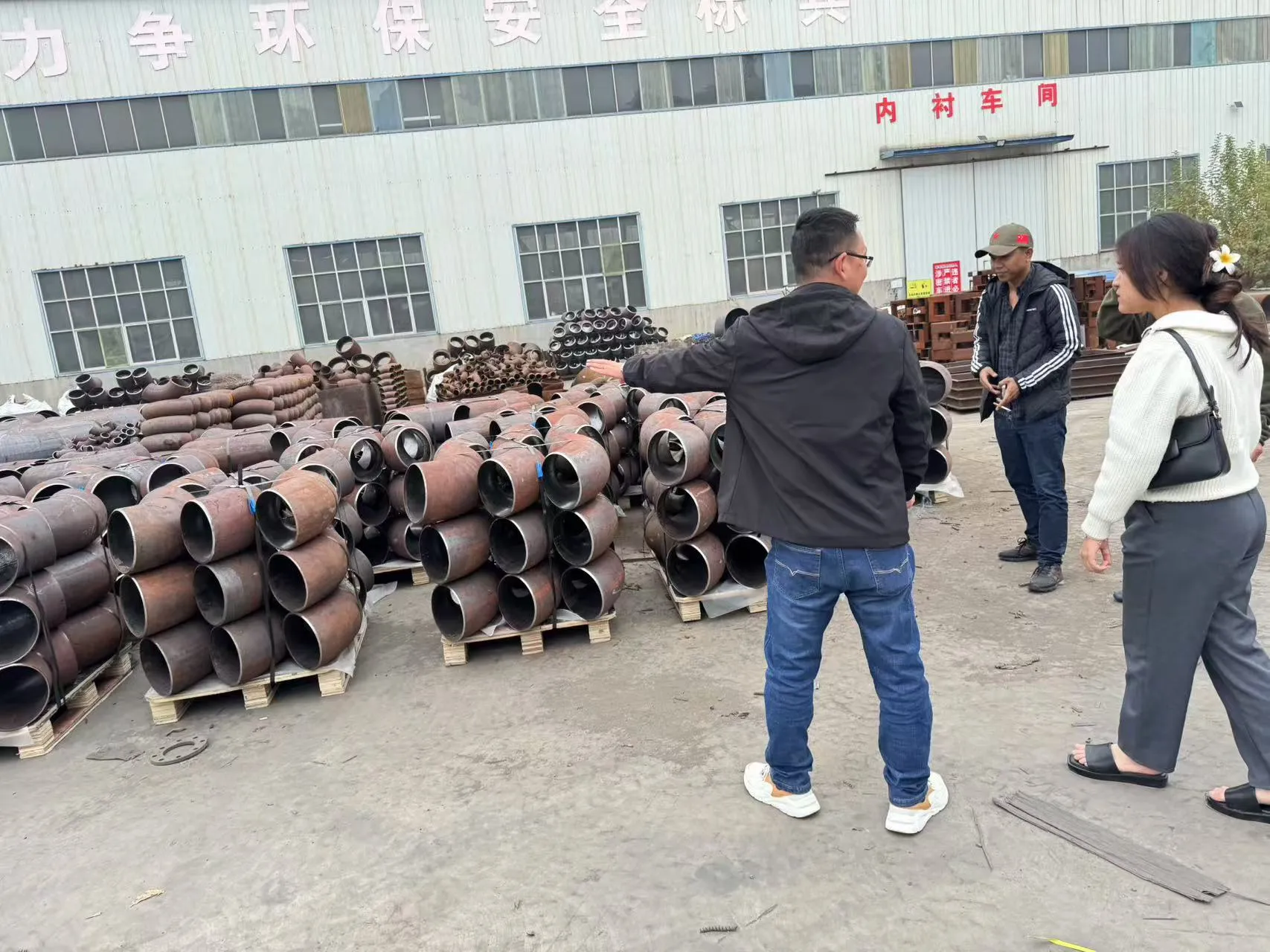-
Cangzhou Yulong Steel Co., Ltd.
-
Phone:
+86 13303177267 -
Email:
admin@ylsteelfittings.com
- English
- Arabic
- Italian
- Spanish
- Portuguese
- German
- kazakh
- Persian
- Greek
- French
- Russian
- Polish
- Thai
- Indonesian
- Vietnamese
- Zulu
- Korean
- Uzbek
- Hindi
- Serbian
- Malay
- Ukrainian
- Gujarati
- Haitian Creole
- hausa
- hawaiian
- Hebrew
- Miao
- Hungarian
- Icelandic
- igbo
- irish
- Japanese
- Javanese
- Kannada
- Khmer
- Rwandese
- Afrikaans
- Albanian
- Amharic
- Armenian
- Azerbaijani
- Basque
- Belarusian
- Bengali
- Bosnian
- Bulgarian
- Catalan
- Cebuano
- China
- China (Taiwan)
- Corsican
- Croatian
- Czech
- Danish
- Esperanto
- Estonian
- Finnish
- Frisian
- Galician
- Georgian
- Kurdish
- Kyrgyz
- Lao
- Latin
- Latvian
- Lithuanian
- Luxembourgish
- Macedonian
- Malgashi
- Malayalam
- Maltese
- Maori
- Marathi
- Mongolian
- Myanmar
- Nepali
- Norwegian
- Norwegian
- Occitan
- Pashto
- Dutch
- Punjabi
- Romanian
- Samoan
- Scottish Gaelic
- Sesotho
- Shona
- Sindhi
- Sinhala
- Slovak
- Slovenian
- Somali
- Sundanese
- Swahili
- Swedish
- Tagalog
- Tajik
- Tamil
- Tatar
- Telugu
- Turkish
- Turkmen
- Urdu
- Uighur
- Welsh
- Bantu
- Yiddish
- Yoruba

ធ្នូ . 22, 2024 08:49 Back to list
din 100 flange
Understanding DIN 100 Flanges A Comprehensive Overview
In various industrial applications, flanges play a critical role in connecting pipes, valves, pumps, and other equipment to form a piping system. Among the numerous standards for flanges, the DIN 100 flange series is of significant importance, especially in European engineering practices. This article aims to provide an in-depth understanding of DIN 100 flanges, delving into their specifications, applications, advantages, and installation considerations.
What are DIN Flanges?
DIN, or the Deutsches Institut für Normung (German Institute for Standardization), has established a series of standards that govern various aspects of engineering and manufacturing. The DIN flange standards encompass a range of sizes and specifications to ensure compatibility and reliability in piping systems. The DIN 100 flange is specifically categorized based on its nominal diameter and pressure ratings, making it suitable for various industrial uses.
Specifications of DIN 100 Flanges
A DIN 100 flange typically has a nominal size of 100 mm, which translates to an approximate inside diameter of 98.6 mm. These flanges are commonly constructed from various materials including carbon steel, stainless steel, and alloy steel, each selected based on the application requirements.
Key specifications include - Bolt Hole Diameter 18 mm - Number of Bolts Usually 8 for the 100 mm diameter flange - Thickness Varies depending on the pressure rating
DIN 100 flanges follow stringent dimensional standards outlined in the DIN 2573 and other related documents, ensuring uniformity across manufacturers. This standardization is crucial for achieving proper sealing and pressure handling in piping systems.
Applications
DIN 100 flanges find extensive applications across various sectors, including
1. Oil and Gas Industries Used in pipelines that transport crude oil and natural gas. 2. Chemical Processing Essential for the assembly of equipment that handles corrosive substances. 3. Water Treatment Facilities Ensures connections in sewage treatment and potable water systems. 4. Power Generation Used in the construction of both renewable and non-renewable energy facilities, including biomass and nuclear plants.
The versatility of DIN 100 flanges makes them integral in any application where a robust, leak-proof connection is required.
Advantages of DIN 100 Flanges
din 100 flange

1. Standardization The DIN standardization facilitates compatibility and interchangeability between different manufacturers, reducing downtime during maintenance or upgrades.
2. Strength and Durability The materials used to manufacture DIN 100 flanges provide high strength and resistance to various stresses, making them suitable for high-pressure environments.
3. Ease of Installation The design of these flanges simplifies the installation process. They can be easily aligned and bolted together, ensuring a secure fit.
4. Variety With multiple designs available, including slip-on, blind, and welding neck flanges, users can select the appropriate type based on specific flow dynamics and installation constraints.
Installation Considerations
When installing DIN 100 flanges, several factors must be taken into account to ensure optimal performance
1. Surface Preparation Before installation, flange surfaces should be clean and free from rust, debris, or damage. This helps maintain a proper seal.
2. Gasket Selection The choice of gasket material must be compatible with the fluid conveyed in the pipeline. Proper gasket installation is critical for preventing leaks.
3. Torque Specifications Correct torque settings are essential when tightening flange bolts. Over-tightening can lead to flange warping, while under-tightening can cause leakage.
4. Alignment Proper alignment of flanges is crucial. Misalignment can lead to stress on the bolts and flanges, contributing to premature failure.
5. Testing After installation, it is advisable to conduct pressure testing to ensure that the connection is leak-proof.
Conclusion
DIN 100 flanges play a vital role in modern industrial processes, offering a reliable and standardized solution for fluid and gas transfer systems. Their robust construction, ease of installation, and widespread applicability make them a preferred choice among engineers and manufacturers alike. Understanding their specifications and adherence to installation best practices will ensure that these flanges contribute to the overall integrity and efficiency of piping systems across various sectors.
Latest news
-
ANSI 150P SS304 SO FLANGE
NewsFeb.14,2025
-
ASTM A333GR6 STEEL PIPE
NewsJan.20,2025
-
ANSI B16.5 WELDING NECK FLANGE
NewsJan.15,2026
-
ANSI B16.5 SLIP-ON FLANGE
NewsApr.19,2024
-
SABS 1123 FLANGE
NewsJan.15,2025
-
DIN86044 PLATE FLANGE
NewsApr.19,2024
-
DIN2527 BLIND FLANGE
NewsApr.12,2024
-
JIS B2311 Butt-Welding Fittings LR/SR 45°/90° /180°Seamless/Weld
NewsApr.23,2024











